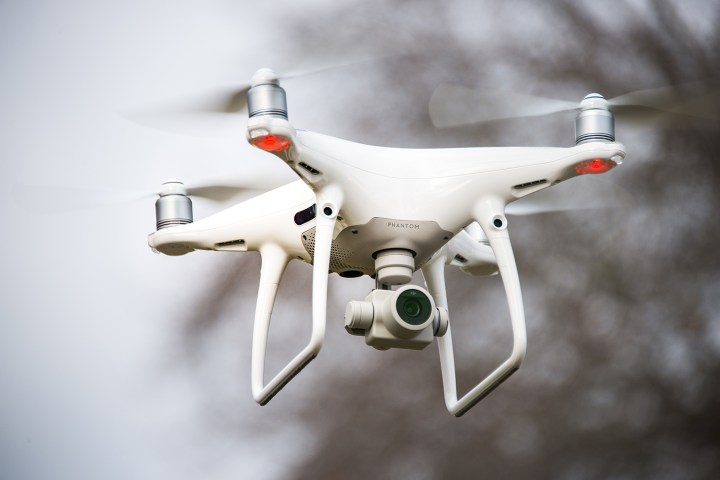
Announced on Thursday by Canadian transport minister Marc Garneau, the new regulations place strict limitations on drone flights close to people, animals, and buildings.
The rules, aimed specifically at noncommercial drone flights, also stipulate that the machines should be kept well clear of airports.
“I am taking measures now, before a drone hits an airplane and causes a catastrophic accident,” Garneau told the Globe and Mail, adding, “That’s the kind of nightmare scenario that keeps me up at night.”
Folks with an unmanned aerial vehicle weighing more than 0.5 pounds (250 grams) and up to 77 pounds (35 kg) are now banned from operating the machine within 5.6 miles (9 km) of any airport as well as other places where aircraft operate such as heliports or seaplane bases.
Drones must stay within 295 feet (90 meters) of the ground, and keep at least 246 feet (75 meters) from buildings. Flights near forest fires and first-responder emergency locations are also prohibited under the new rules.
Canada already had a set of regulations in place aimed at drone users, but in most cases violators had no fear of punishment.
However, from this week, anyone breaking the rules could face fines of up to $3,000 Canadian dollars (about $2,250), around $800 more than the maximum fine for comparable offenses in the United States, according to Federal Aviation Administration (FAA) documents.
Canadian officials have become increasingly worried about rogue drone flights, with reported incidents near airports leaping from 41 three years ago to 148 last year.
Garneau told the Globe and Mail the government needed to do “everything in our power to stop this from happening.”
However, aware that the drone market is rapidly developing with many tech companies researching new technologies, the minister was keen to reassure the industry that the government would continue to encourage innovation in the sector, adding, “But like any new technology, drones must be used with care. And we cannot wait until something bad happens before we act.”
The increasing popularity of consumer drones has left many governments around the world scrabbling to create new rules to encourage safe and responsible flying. In the U.S., the FAA has a Fly for Fun web page explaining its own guidelines for recreational users, which include flying at or below 400 feet (122 meters), keeping the machine in sight at all times, staying well away from airports, and keeping clear of people. You can find out more here.
Editors' Recommendations
- FAA gives UPS’ drone delivery efforts a big boost
- NASA plans to use drones to monitor active volcanoes
- Korean Air first carrier to use drone swarms for aircraft inspection
- This drone-like ‘flying car’ has just taken a step toward commercialization
- FPV drone video of pro golf event has an incredible ending


